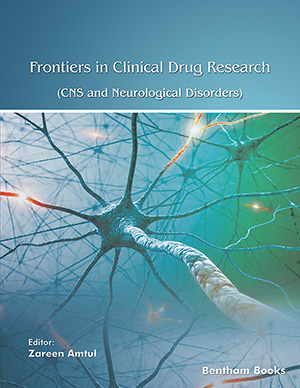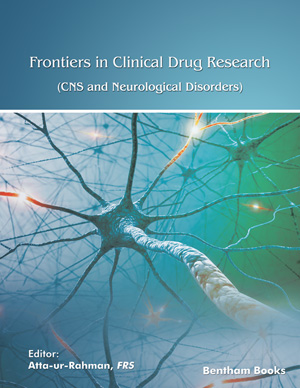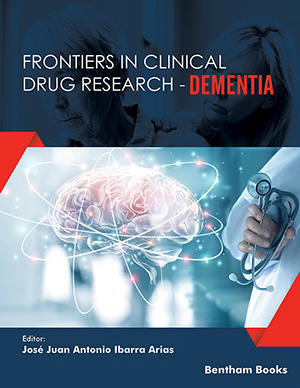Abstract
Since the 1950s, the major thrust of antipsychotic drugs development has been centered around the monoamine dopamine since all antipsychotic drugs potently block dopamine receptors. However, in the last fifteen years increasing attention has been focused on serotonin (5-HT), and 5-HT2A receptors in particular as the atypical antipsychotic drugs (e.g., clozapine, olanzepine, risperidone) potently block this receptor. These atypical antipsychotic drugs, in addition to having a decreased incidence of motor side effects, also improve particular symptoms (negative symptoms and cognitive dysfunction) upon which typical antipsychotic drugs exert little effect. However, even these atypical antipsychotic drugs have limited efficacy for many patients. Current neuroimaging studies have implicated cortical-striatal-thalamic circuits and interactions of these circuits with areas such as the hippocampus, pontine nuclei and the cerebellum. Within the thalamocortical pathways, clear abnormalities appear to be pres ent within the glutamate system. In addition, the psychotomimetic effects of drugs which induce psychosis may be dependent upon interactions between the monoamines and glutamate. Therefore, current strategies are directed toward the discovery of novel antipsychotic drugs that act directly on the glutamate system. The largest unresolved answer facing the field is whether the critical problem in schizophrenia is a ”hypoglutamatergic“ or a ”hyperglutamatergic“ state. One of the dangers facing the strategy of enhancing glutamatergic transmission is that overactivation of ionotropic NMDA and AMPA receptors can lead to neurotoxicity. Thus directions being pursued involve more subtly modulating regulatory sites on these ionotropic receptors or directing agents to the modulatory G-protein coupled metabotropic glutamate (mGlu) receptors.
Keywords: Glutamate, Schizophrenia, Hallucinogenic Drugs
 13
13













